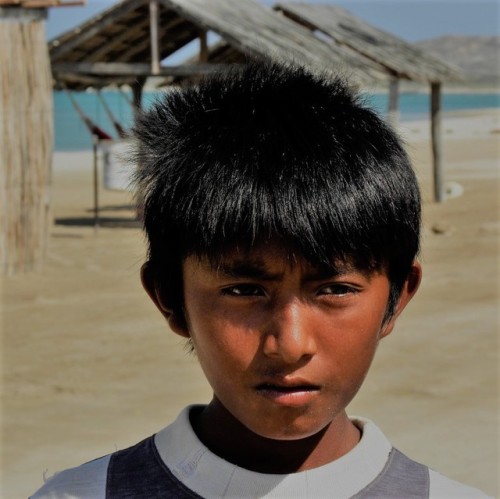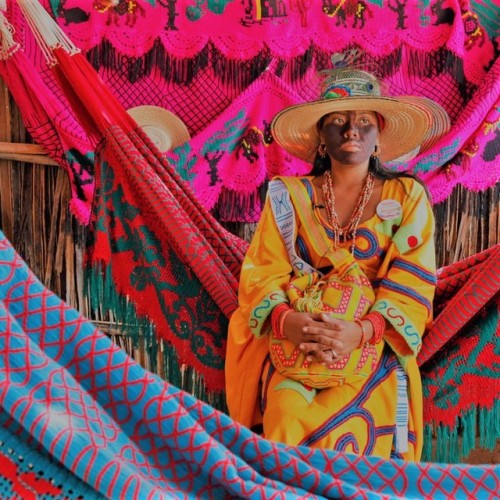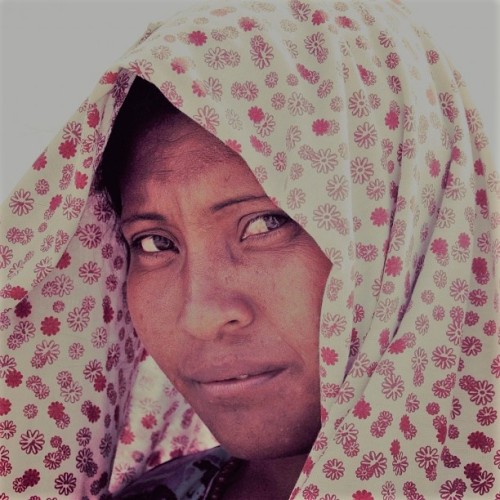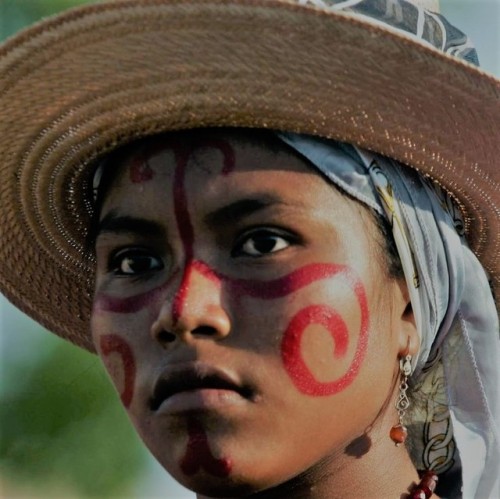#indigenous language
[ID:
Person slides into view.
“Hey everyone, it’s Xochitl back again with another Nahuatl lesson.” The sparkles emoji pops up with text saying “Happy Mother Language Day”.
“It’s international Mother Language Day, so what better to celebrate by paying tribute to my and probably your mother language, Nahuatl.”
Greenscreen opens up to map. “So many words we know today come from Nahuatl.”
“Nahuatl is the most widely spoken Indigenous language in North America. It belogs to the Uto-Aztecan family of language. It’s related to the Huichol language of Nayarit, the Yaqui and Tarahumara of Chihuahua, the Hopi of Arizona, and the Shoshone Indigenous language of Wyoming.”
“The Nahuatl language experienced it’s Golden Era in the 15th and early 16th century. During this time, the Nahautl language spread from Western Mexico to the Gulf Coast and even parts of Central America.”
Picture in background changes to a art recreation of a Nahuatl city, with the three names of the greatest cities, Tenochtitlan, Tetzcohco, and Tlacopan.
“These theee cities right here are the greatest empires of the Mexica People.”
New picture pops up of an ideogram of Nahuatl language.
“This right here is pictographics script, which is how the Mexica People used to communicate and write down their Nahuatl language. To this day, along with written manuscripts in Spanish, that’s how we preserve the Nahuatl classical language.”
END]
The Guna (Kuna/Tule)
“Olo Tule – the gold people “Our parents told us we came from the stars and we are descended from beings from an other world…. “ This is part of a traditional Tule song about their history of their origin. The Tule (in Panama called Kuna) people in Chocó, Colombia have been one of first indigenous ethnic groups the Spanish conquistadors encountered in South America when they arrived at the coast of the Golf of Uraba. The Darien Gap in the Chocó of Colombia is one of the most humid places on earth. Malaria and parasitic diseases are as big of a threat to the people living there as left-wing guerilla, right-wing paramilitary or any other armed criminal group, who try to control the area as it is a important drug and arm route to Panama. There are only about 1.200 Tule left in Colombia.” - Alexander Rieser
Post link
Language Moodboard: Wayuu
The Wayuu language is spoken by the Wayuu; a Native American people indigenous to the region of La Guajira on the Caribbean coast of Venezuela and Colombia. The Wayuu refer to their language as Wayuunaiki, and according to linguists it belongs to the Ta-Arawakan branch of the Arawakan linguistic family. Due to this fact, it is believed to be closely related to the now extinct Taíno language; the first language encountered in the Americas by Christopher Columbus and the Spaniards when they reached the Bahamas.
The Wayuu are one of the fastest growing Indigenous groups in South America, because of this the language which has around 300,000 speakers is also growing, however social pressure to learn the Spanish language has become an obstacle for maintaining that growth. The main cause of this social pressure is one that is seen throughout Latin America, which is the prevalent discrimination of speakers of non-European languages, specifically Indigenous ones, by those who speak European based colonial languages such as Spanish, French, or Portuguese. Wayuu activists have launched many initiatives, such as creating the first illustrated Wayuu-Spanish dictionary, in hopes to promote interchange between speakers of the Indigenous language and those of Spanish, but also to instill pride in young Wayuu’s who feel they need to adopt Spanish as their primary language in order to mobilize socially.
The Wayuu as an Indigenous group are unique as they managed to resist Spanish colonization unlike most other native Colombian and Venezuelan groups, and for this reason there has been minimal Spanish influence on the language until very recently. This factor has also helped in making them the largest Indigenous ethnic group in Colombia and Venezuela simultaneously, and thus the Wayuu language the most commonly spoken Indigenous language in the both countries.
Post link










